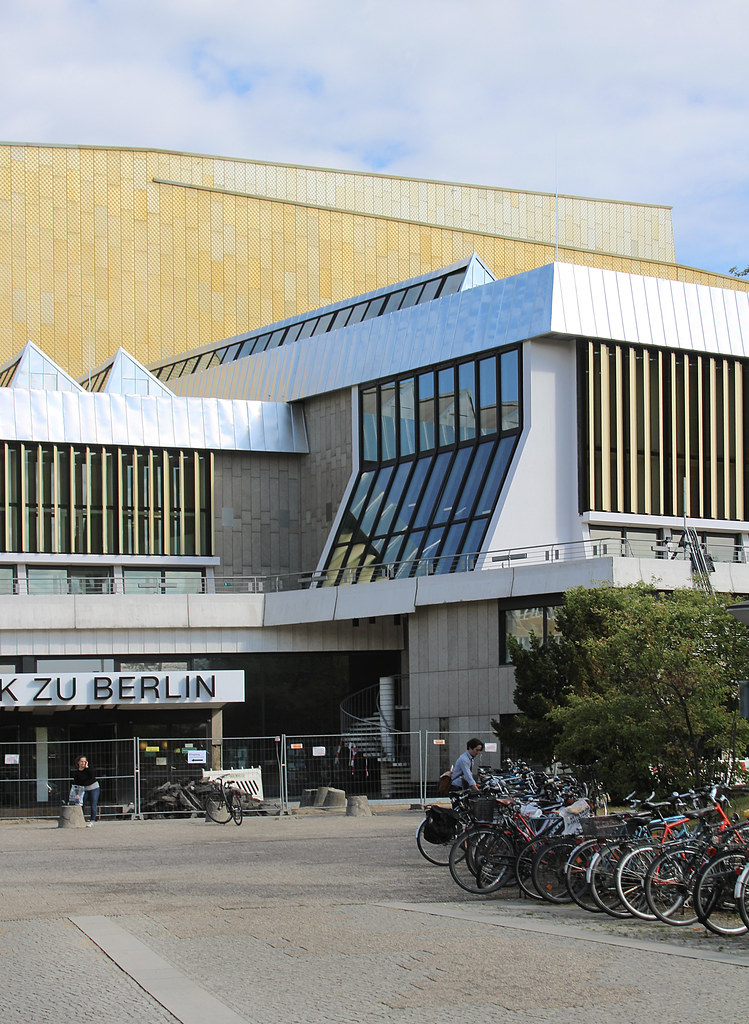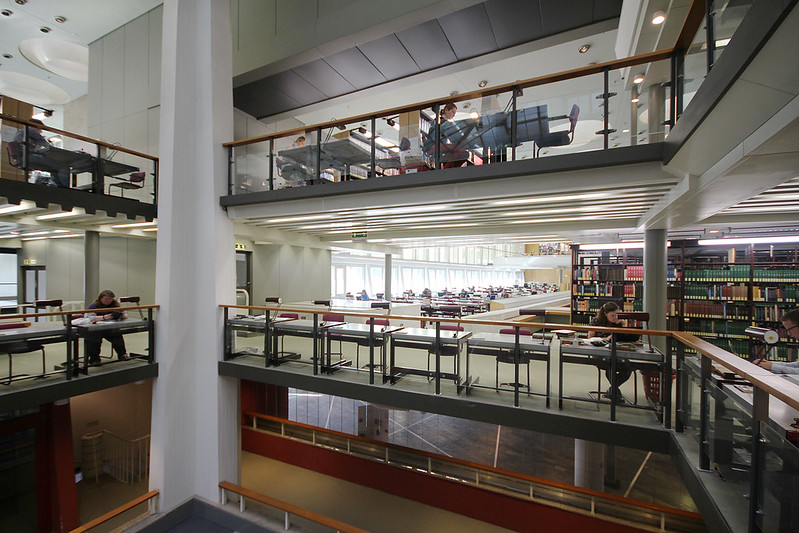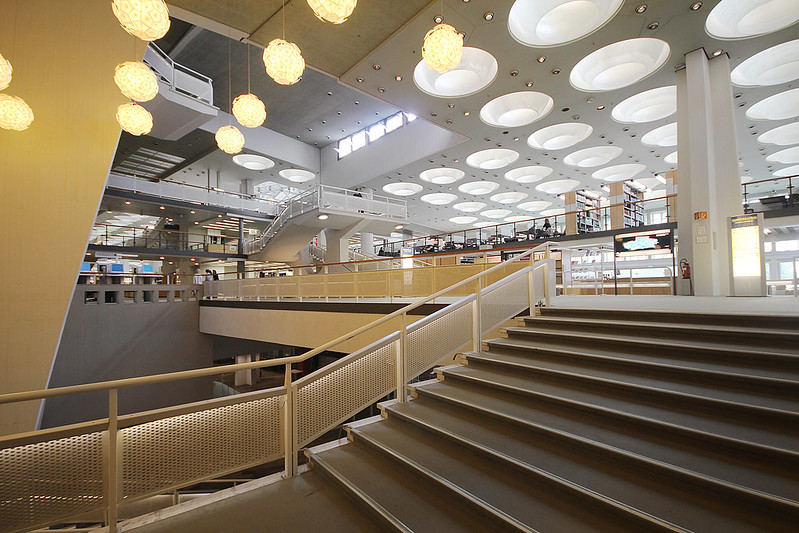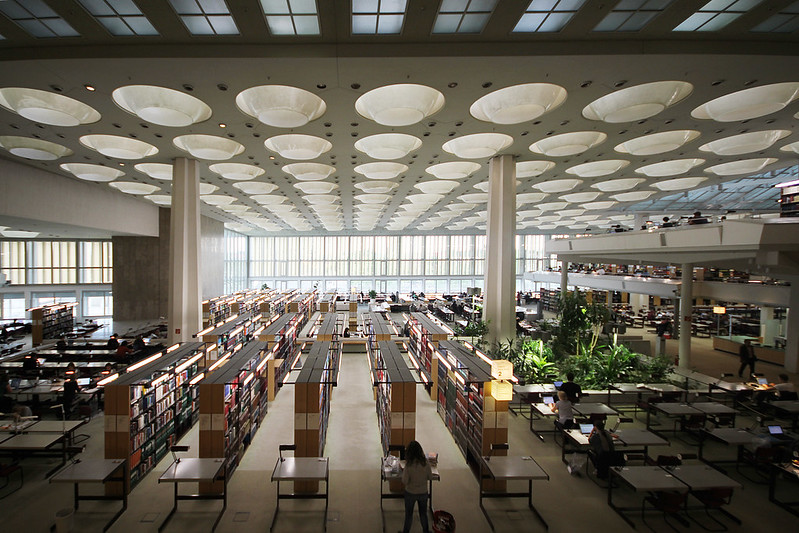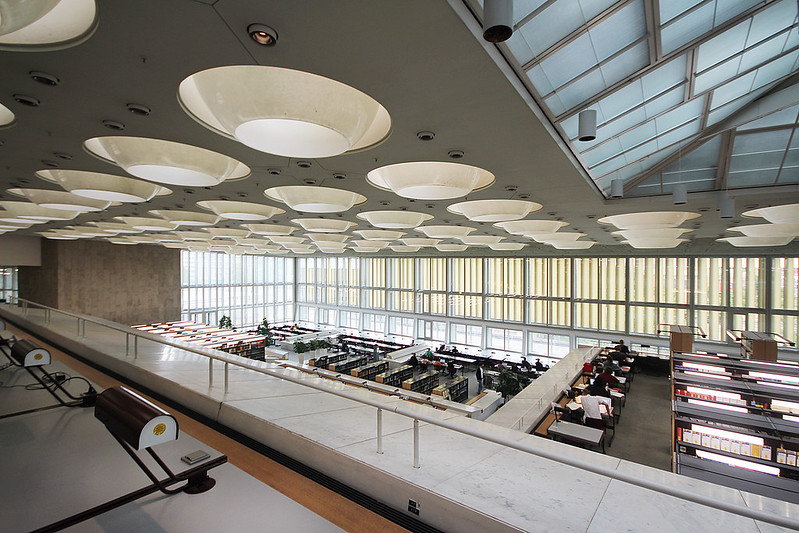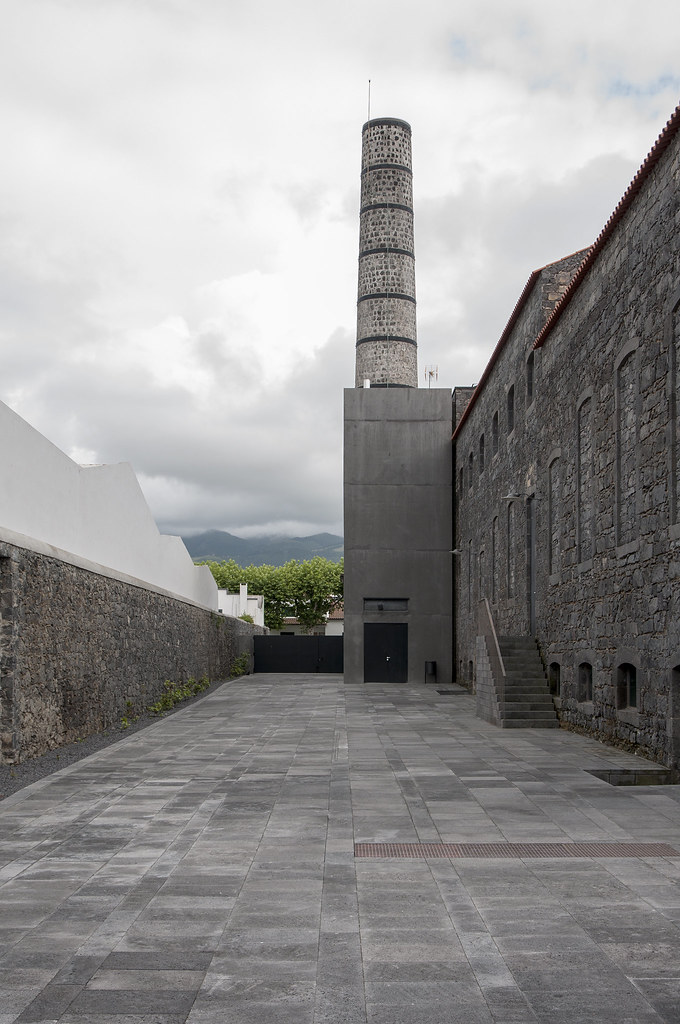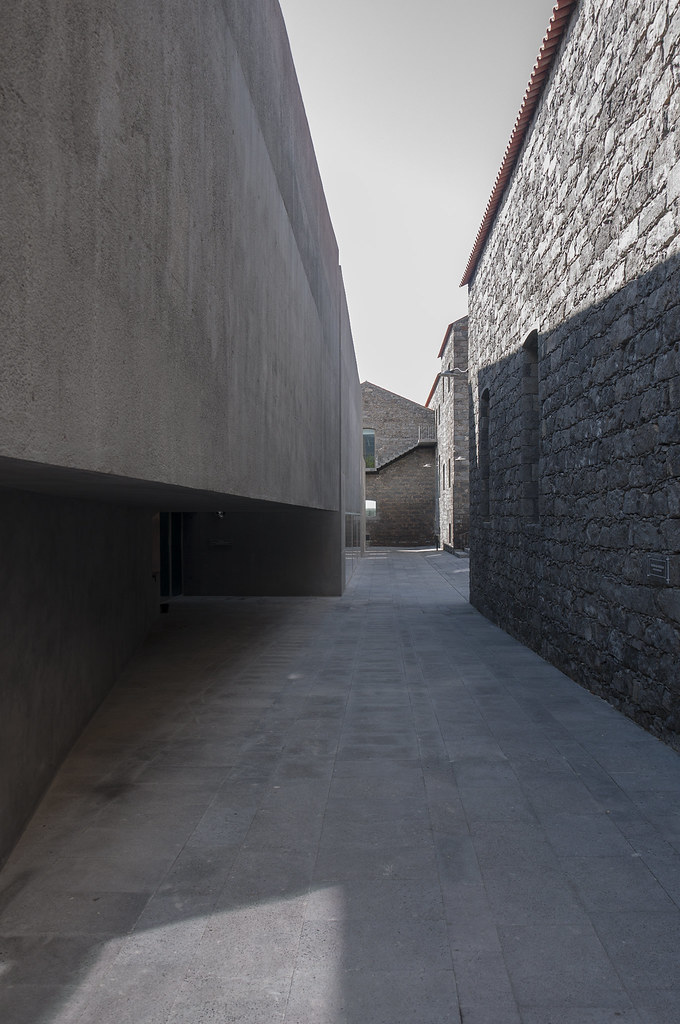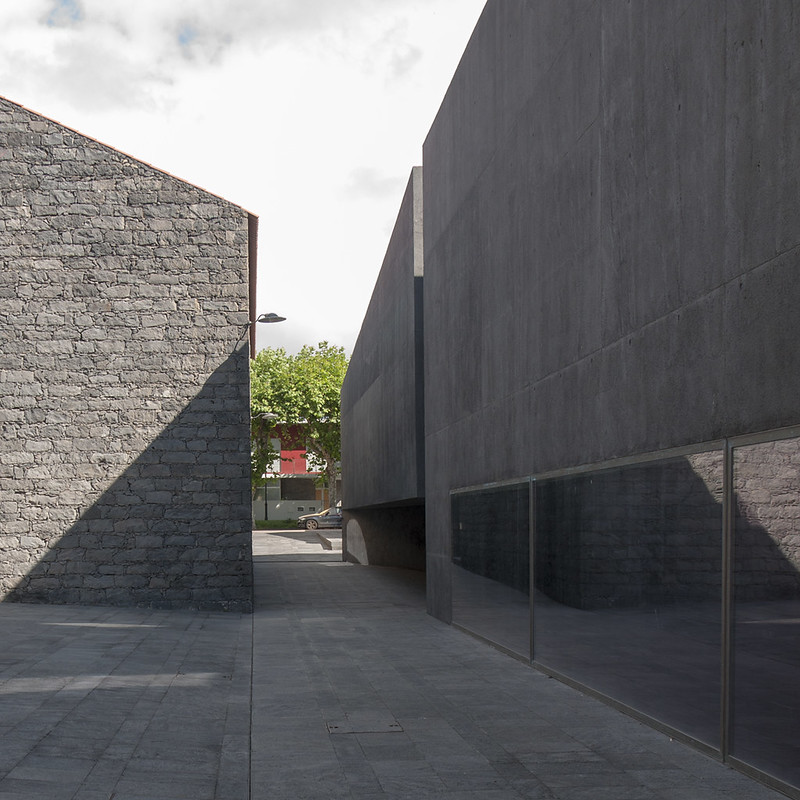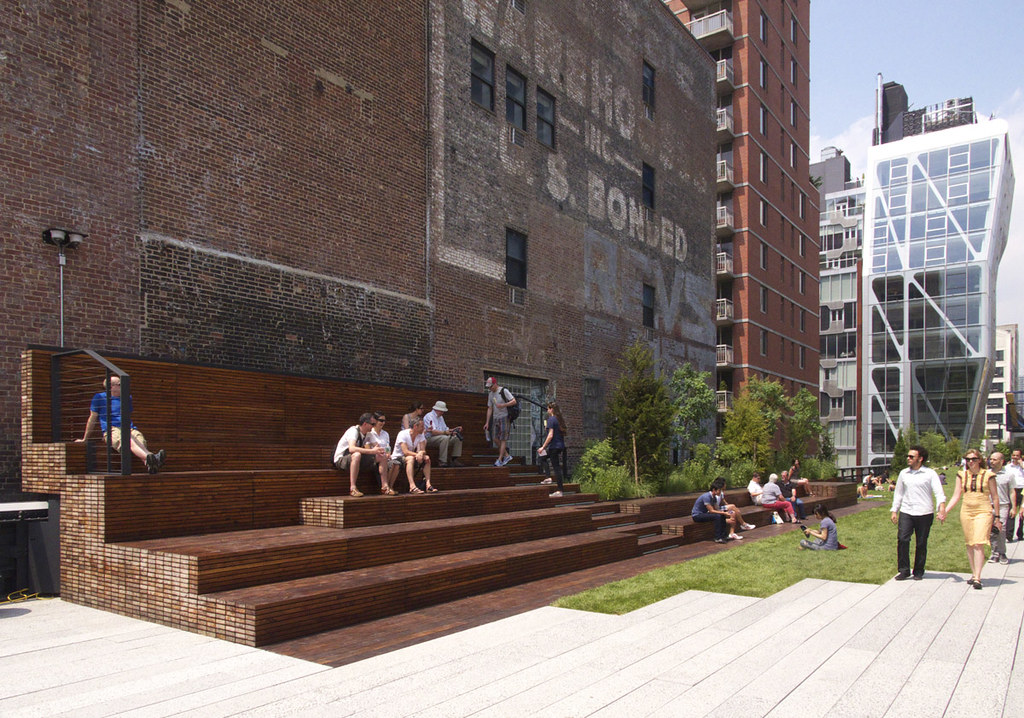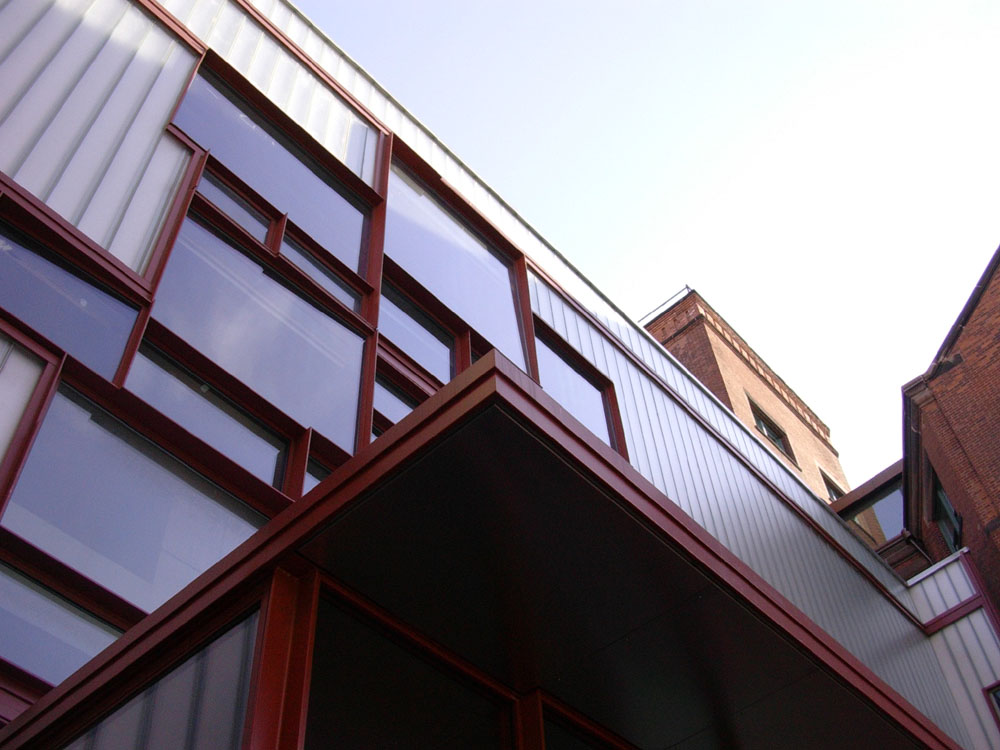"Book Briefs" are an ongoing series of posts with two- or three-sentence first-hand descriptions of some of the numerous books that make their way into my library. These briefs are not full-blown reviews, but they are a way to share more books worthy of attention than can find their way into reviews on my daily or weekly pages.
This installment compiles six books that surely deserve their own longer reviews, but they have been piled up at work staring at me for a while, so I'm putting them together here.

1: Radical Cities: Across Latin America in Search of a New Architecture by Justin McGuirk | Verso | 2014 | Amazon
This spring I attended a couple book talks at the Center for Architecture, one on Keller Easterling's Extrastatecraft and the other on Justin McGuirk's Radical Cities; both are published, perhaps coincidentally, by Verso. While widely divergent in topic and tone, both have the common approach of exploring the margins of architecture and urbanism. Easterling looks to free trade zones and other infrastructural constructions, McGuirk heads south and looks at what is being produced in South America. The book is equal parts travelogue, portraits of architects, history, and criticism, each aspect overlapping and intertwining in a remarkably enjoyable manner that was echoed in his talk at the Center. The subjects that McGuirk explores are a mix of the well known (Elemental's houses in Quinta Monroy and Urban-Think Tank's work in Caracas, for example) and the obscure (PREVI and Alto Comedero). His solid writing and firsthand experience binds everything, while his skeptical optimism pervades the book enough to encourage readers that architects are not completely helpless in the face of dramatic economic, social, and political problems.
2: Broadway by Michelle Young | Arcadia Publishing | 2015 | Amazon
I'm a really big fan of the books in the Images of America series, visual histories of particular places. I've read one on St. Louis Union Station and another on "Forgotten Chicago," which recounts places like the Maxwell Street Market, which was razed so UIC could expand and replace it with some bland and questionable neo-traditional buildings. This book by Untapped Cities founder Michelle Young is the third book in the huge series that I have (of more than 7,000!), and it is one of the better ones. As the name makes clear, it tells the story of Manhattan's tip-to-tip thoroughfare. The book works in chronological order, which also means it moves from south to north, just as the island grew. Young veers away from Broadway in some places, but it's never more than a couple blocks and is justifiably done to tell a story – and there are plenty of fascinating stories here to discover.
3: Timber in the City: Design and Construction in Mass Timber edited by Andrew Bernheimer | ORO Editions | 2015 | Amazon
Timber mania is washing over architecture: Canadian architect Michael Green and MetsäWood designed a wooden version of the the Empire State Building, and earlier this summer I interviewed Solid Wood author Joseph Mayo about his research on wood structures. Okay, maybe "mania" is going a bit far, but it's hard to deny that large timber is being seen increasingly as one of the most sustainable means of construction. It helps that a number of techniques – CLT, or cross laminated timber, is one of the most popular – are addressing fire and other concerns that have kept wood from being a structural element for taller buildings in cities. New York City is definitely one place where concrete and steel are favored over wood, not surprising given the historical conflagrations that hit the city and rewrote its building codes. But momentum is shifting toward timber construction, and this book looks at some ways that wood buildings could be reintroduced into the city. It happens in two parts: the winner and runners-up in the Timber in the City student competition, sited in Red Hook, Brooklyn; and international examples of built work. Architects already convinced that wood is the way to go should pick up Mayo's more thorough and technical book, but doubting architects should start with Timber in the City, an appealing look at a trend that's not going away anytime soon.

[Justin McGuirk, with Antanas Mockus over his shoulder, at the Center for Architecture speaking about Radical Cities]
4: Loft Living: Culture and Capital in Urban Change by Sharon Zukin | Rutgers University Press | 2014 | Amazon
If I were pressed to name my five favorite authors, Sharon Zukin would be on that list. (Others might be John McPhee, Juhani Pallasmaa, Jonathan Rosenbaum, and Michael Sorkin.) Her writings on cities, particularly New York, are thorough yet clear, large in scope yet nuanced to details, theoretical yet full of firsthand observations, and always on topic in terms of what is pressing. In the early 1980s that topic was SoHo (South of Houston in Manhattan), an area full of cast iron warehouses that are now home to luxury brands on the ground floor and rich tenants living upstairs, a far cry from its industrial origins. Loft Living is Zukin's most groundbreaking work, the one that she will be remembered for, the one worthy of this 25th anniversary edition (it is the same as the 1989 version plus a new introduction on how "loft living grows up). What makes the book so impressive, and so lasting, is how Zukin analyzes one place – SoHo – in the context of wider social and economic changes, particularly the commodification of art and the role of the artist in gentrification. These are common views now, thanks to Zukin and this book that is a must-read, even two-and-a-half decades later.
5: The Death of Drawing: Architecture in the Age of Simulation by David Ross Scheer | Routledge | 2014 | Amazon
If any title will prick up the ears of architects over, say, 41 years of age (yes, that's my age), it's The Death of Drawing. No matter the ubiquity of computers in schools and in offices, drawing can't die, right? It can't be completely replaced by BIM, can it? I'd say that drawing can't be replaced flat out by software, but adopting BIM can affect the roles of architects by transforming what they do and how they do it. As Scheer, a professor who has become something of an expert on building simulation technologies, argues in this book, the architect's traditional means of drawing translated into a role as form-giver. But with BIM becoming the favored means of production – and sustainability being the most widespread means of keeping architects relevant – performance gains priority over form. And try as they might, architects surely cannot predict and measure performance (be it in energy or some other metric) through hand drawings; architects need software to create simulations and therefore deal with performance. But as Scheer states in this smart and well-timed book, and which should give an indication to where he goes in it, "There is more to life than performance."
6: Urban Acupunture by Jaime Lerner | Island Press | 2014 | Amazon
Medical analogies applied to cities and planning are nothing new. The problems of cities have often been described as "ailments," and in the middle of last century the "diagnosis" resulted in removing the "tumor" of blight and replacing it with "healthy" buildings and landscapes through urban renewal. Even though this technique, post-Jane Jacobs, is not the preferred route, the way of looking at the city as a body to be cured prevails. Look no further than this book by the former mayor of Curitiba, Brazil, who proposes small-scale "pinpricks" of action that should have a ripple effect on the larger city. Like anything in cities, the effect of any physical change – big or small – depends on so many more things than just the building, landscape, installation, or whatever the piece may be. Nevertheless, I like the thought of something mildly painful yet more gentle than surgery – acupuncture – being used as the analogy, just as I like the idea that small things have big impacts. Lerner's book similarly is full of short chapters that describe various ways of intervening or just plain thinking about the city. It's a diverse crop of ideas that ultimately is focused on the coming together of people in public space.
This installment compiles six books that surely deserve their own longer reviews, but they have been piled up at work staring at me for a while, so I'm putting them together here.

1: Radical Cities: Across Latin America in Search of a New Architecture by Justin McGuirk | Verso | 2014 | Amazon
This spring I attended a couple book talks at the Center for Architecture, one on Keller Easterling's Extrastatecraft and the other on Justin McGuirk's Radical Cities; both are published, perhaps coincidentally, by Verso. While widely divergent in topic and tone, both have the common approach of exploring the margins of architecture and urbanism. Easterling looks to free trade zones and other infrastructural constructions, McGuirk heads south and looks at what is being produced in South America. The book is equal parts travelogue, portraits of architects, history, and criticism, each aspect overlapping and intertwining in a remarkably enjoyable manner that was echoed in his talk at the Center. The subjects that McGuirk explores are a mix of the well known (Elemental's houses in Quinta Monroy and Urban-Think Tank's work in Caracas, for example) and the obscure (PREVI and Alto Comedero). His solid writing and firsthand experience binds everything, while his skeptical optimism pervades the book enough to encourage readers that architects are not completely helpless in the face of dramatic economic, social, and political problems.
2: Broadway by Michelle Young | Arcadia Publishing | 2015 | Amazon
I'm a really big fan of the books in the Images of America series, visual histories of particular places. I've read one on St. Louis Union Station and another on "Forgotten Chicago," which recounts places like the Maxwell Street Market, which was razed so UIC could expand and replace it with some bland and questionable neo-traditional buildings. This book by Untapped Cities founder Michelle Young is the third book in the huge series that I have (of more than 7,000!), and it is one of the better ones. As the name makes clear, it tells the story of Manhattan's tip-to-tip thoroughfare. The book works in chronological order, which also means it moves from south to north, just as the island grew. Young veers away from Broadway in some places, but it's never more than a couple blocks and is justifiably done to tell a story – and there are plenty of fascinating stories here to discover.
3: Timber in the City: Design and Construction in Mass Timber edited by Andrew Bernheimer | ORO Editions | 2015 | Amazon
Timber mania is washing over architecture: Canadian architect Michael Green and MetsäWood designed a wooden version of the the Empire State Building, and earlier this summer I interviewed Solid Wood author Joseph Mayo about his research on wood structures. Okay, maybe "mania" is going a bit far, but it's hard to deny that large timber is being seen increasingly as one of the most sustainable means of construction. It helps that a number of techniques – CLT, or cross laminated timber, is one of the most popular – are addressing fire and other concerns that have kept wood from being a structural element for taller buildings in cities. New York City is definitely one place where concrete and steel are favored over wood, not surprising given the historical conflagrations that hit the city and rewrote its building codes. But momentum is shifting toward timber construction, and this book looks at some ways that wood buildings could be reintroduced into the city. It happens in two parts: the winner and runners-up in the Timber in the City student competition, sited in Red Hook, Brooklyn; and international examples of built work. Architects already convinced that wood is the way to go should pick up Mayo's more thorough and technical book, but doubting architects should start with Timber in the City, an appealing look at a trend that's not going away anytime soon.

[Justin McGuirk, with Antanas Mockus over his shoulder, at the Center for Architecture speaking about Radical Cities]
4: Loft Living: Culture and Capital in Urban Change by Sharon Zukin | Rutgers University Press | 2014 | Amazon
If I were pressed to name my five favorite authors, Sharon Zukin would be on that list. (Others might be John McPhee, Juhani Pallasmaa, Jonathan Rosenbaum, and Michael Sorkin.) Her writings on cities, particularly New York, are thorough yet clear, large in scope yet nuanced to details, theoretical yet full of firsthand observations, and always on topic in terms of what is pressing. In the early 1980s that topic was SoHo (South of Houston in Manhattan), an area full of cast iron warehouses that are now home to luxury brands on the ground floor and rich tenants living upstairs, a far cry from its industrial origins. Loft Living is Zukin's most groundbreaking work, the one that she will be remembered for, the one worthy of this 25th anniversary edition (it is the same as the 1989 version plus a new introduction on how "loft living grows up). What makes the book so impressive, and so lasting, is how Zukin analyzes one place – SoHo – in the context of wider social and economic changes, particularly the commodification of art and the role of the artist in gentrification. These are common views now, thanks to Zukin and this book that is a must-read, even two-and-a-half decades later.
5: The Death of Drawing: Architecture in the Age of Simulation by David Ross Scheer | Routledge | 2014 | Amazon
If any title will prick up the ears of architects over, say, 41 years of age (yes, that's my age), it's The Death of Drawing. No matter the ubiquity of computers in schools and in offices, drawing can't die, right? It can't be completely replaced by BIM, can it? I'd say that drawing can't be replaced flat out by software, but adopting BIM can affect the roles of architects by transforming what they do and how they do it. As Scheer, a professor who has become something of an expert on building simulation technologies, argues in this book, the architect's traditional means of drawing translated into a role as form-giver. But with BIM becoming the favored means of production – and sustainability being the most widespread means of keeping architects relevant – performance gains priority over form. And try as they might, architects surely cannot predict and measure performance (be it in energy or some other metric) through hand drawings; architects need software to create simulations and therefore deal with performance. But as Scheer states in this smart and well-timed book, and which should give an indication to where he goes in it, "There is more to life than performance."
6: Urban Acupunture by Jaime Lerner | Island Press | 2014 | Amazon
Medical analogies applied to cities and planning are nothing new. The problems of cities have often been described as "ailments," and in the middle of last century the "diagnosis" resulted in removing the "tumor" of blight and replacing it with "healthy" buildings and landscapes through urban renewal. Even though this technique, post-Jane Jacobs, is not the preferred route, the way of looking at the city as a body to be cured prevails. Look no further than this book by the former mayor of Curitiba, Brazil, who proposes small-scale "pinpricks" of action that should have a ripple effect on the larger city. Like anything in cities, the effect of any physical change – big or small – depends on so many more things than just the building, landscape, installation, or whatever the piece may be. Nevertheless, I like the thought of something mildly painful yet more gentle than surgery – acupuncture – being used as the analogy, just as I like the idea that small things have big impacts. Lerner's book similarly is full of short chapters that describe various ways of intervening or just plain thinking about the city. It's a diverse crop of ideas that ultimately is focused on the coming together of people in public space.

